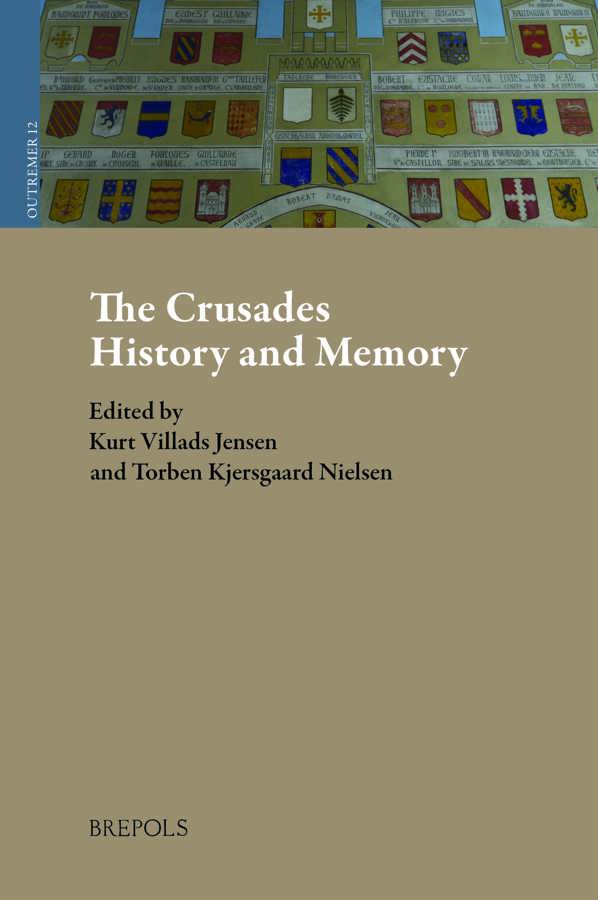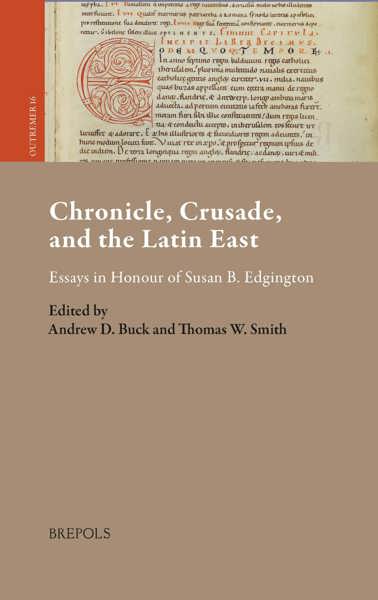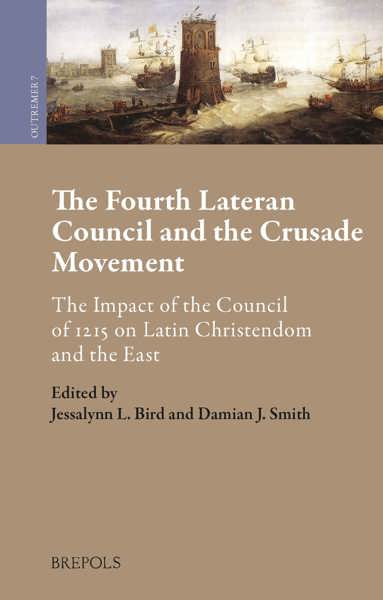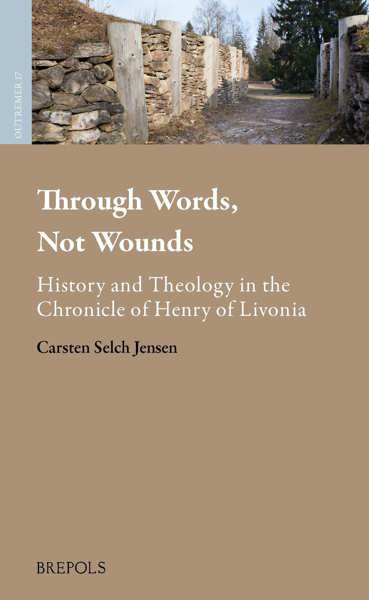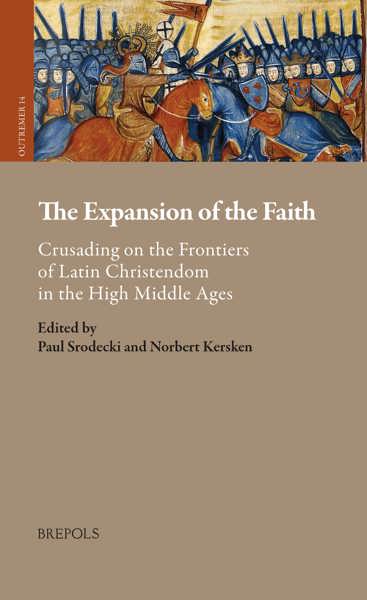
The Crusades: History and Memory
Proceedings of the Ninth Conference of the Society for the Study of the Crusades and the Latin East, Odense, 27 June – 1 July 2016. Volume 2
Kurt Villads Jensen, Torben Kjersgaard Nielsen (eds)
- Pages: 222 p.
- Size:156 x 234 mm
- Illustrations:10 b/w, 6 maps b/w
- Language(s):English
- Publication Year:2021
- € 75,00 EXCL. VAT RETAIL PRICE
- ISBN: 978-2-503-58786-8
- Hardback
- Available
- € 75,00 EXCL. VAT RETAIL PRICE
- ISBN: 978-2-503-58787-5
- E-book
- Available
“Overall, the volume is to be recommended for its thematic coherence. Its ten chapters complement each other in interesting ways. Both beginning and advanced students of history and memory and medievalism should consult them, as should individuals teaching the crusades at university.” (John D. Hosler, in The Medieval Review, 16/08/2022)
“Overall, this very worthwhile essay collection adds both depth and breadth to scholarly understanding of the many long histories of the crusades.” (Megan Cassidy-Welch, in Sehepunkte, 22/7-8, 2022)
Kurt Villads Jensen is Professor in Medieval History and Director of the Centre for Medieval Studies, Stockholm University, Sweden. He has been working on both ideological and practical aspects of Iberian and Baltic Crusades. He published in 2017 Crusading at the Edges of Europe. Denmark and Portugal c. 1000 – c. 1200, a comparison of Denmark and Portugal as two crusading nations.
Torben Kjersgaard Nielsen is Associate Professor in Medieval History at Aalborg University, Denmark, and currently Head of Studies. His research interests are the Baltic crusades, medieval Denmark and papacy. He has recently published on the medieval Danish flag (the Dannebrog) and – together with Iben Fonnesberg-Schmidt – he is the editor of Crusading on the Edge. Ideas and Practice of Crusading in Iberia and the Baltic Region, 1100-1500 (Brepols, 2016) in this series.
The crusades have been remembered and commemorated in many ways, from the late eleventh century until today. Soon after the conquest of Jerusalem in 1099, the fate of the First Crusade inspired literary, historiographical and artistic traditions. Participants in the subsequent crusades would look to the first Crusade for inspiration and spiritual guidance, while playing out their own ideas of crusading. Since then the crusades have been put to use in very divers ways and for different purposes. This volume explores how the crusades have been remembered, revered and ridiculed by those who participated in them and by those who in later periods made use of the crusades as an historical phenomenon. The volume thus traces the memory and legacy of the crusades by putting together essays that focus on the specific ways in which the crusades have been memorized, evoked and exploited from the eleventh century until today.
The Crusades. History and Memory: Introduction
Kurt Villads Jensen & Torben Kjersgaard Nielsen
When Was the First History of the Crusades Written?
Christoph T. Maier
The Memory of Saladin and the Crusades in the Near East from the Fifteenth to the Late Nineteenth Centuries
Jonathan Phillips
When the Saints go Marching in. The Memory of the Miraculous in the Sources for the First Crusade
Carol Sweetenham
Once and Future Crusades. Past and projected plans of Emperor Frederick II and King Valdemar II of Denmark, c. 1214–1227
Kurt Villads Jensen
The Circulation of the Eracles in Italy and Galeotto del Carretto’s Chronicle(s)
Massimiliano Gaggero
From ‘Superstitious Veneration’ to ‘War to Defend Christendom’. The Crusades in the Encyclopaedia Britannica (1771–2018)
Mike Horswell
Has Emperor Henry of Constantinople’s Legend Survived in Greek Folk Poetry?
Aphrodite Papayianni
Paradigms for Understanding Modern Crusading
Adam KnoblerMemorials to Crusaders. The Use of Crusade Imagery in British First World War Memorials
Elizabeth Siberry
When and Where did the Word ‘Crusade’ Appear in the Middle Ages? And Why?
Benjamin Weber

